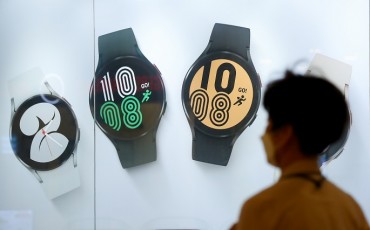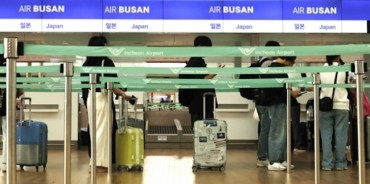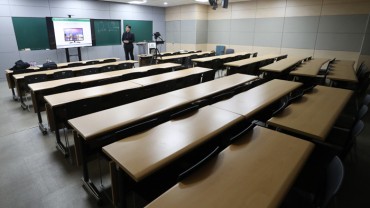SUWON, March 13 (Korea Bizwire) — Starting this month, residents of Gyeonggi Province who dial the emergency line 119 for requests such as opening up a locked front door will have to find other means of getting help.
The Gyeonggi-do Fire Service announced that it had assembled “living safety dispatch standards” that would categorize the problems described in incoming 119 phone calls as either “emergency” or “non-emergency”.
Depending on the category of the inquiry or if the situation cannot be accurately determined by the contents of the phone call, a team will be sent out to the caller’s location.
For example, if a caller is locked out of their home, the situation will be classified as “non-emergency” and the caller will be encouraged to seek out assistance through other means.
In contrast, in circumstances where on-site confirmation of a body or a fire is necessary, the situation will be concluded as “emergency” and a team will be dispatched immediately. A call complaining of a strange odor is another example of an uncertain situation that could either be nothing or be indicative of danger, and would require a team to be dispatched.
The Gyeonggi-do Fire Service also drew up dispatch standards for matters pertaining to incidents involving electricity, gas and explosives as well as situations affected by weather conditions like drought.
An insider at headquarters said, “There have frequently been times in the past when rapid response efforts have been slowed because of dispatches prompted by non-emergency living safety matters. One example is when some firefighters were out disposing of pigeon carcasses when a fire erupted in an apartment building. Because of insufficient numbers, the team encountered some difficulty in putting the flames out.”
The insider added, “With the living safety dispatch standards, I believe these problems will be remedied.”
Last year, there were 149,279 emergency response dispatches, of which 94,627 (63.4 percent) were of the living safety variety. Of these, 32,705 (34.6 percent) were non-emergency situations.
S.B.W. (sbw266@koreabizwire.com)








